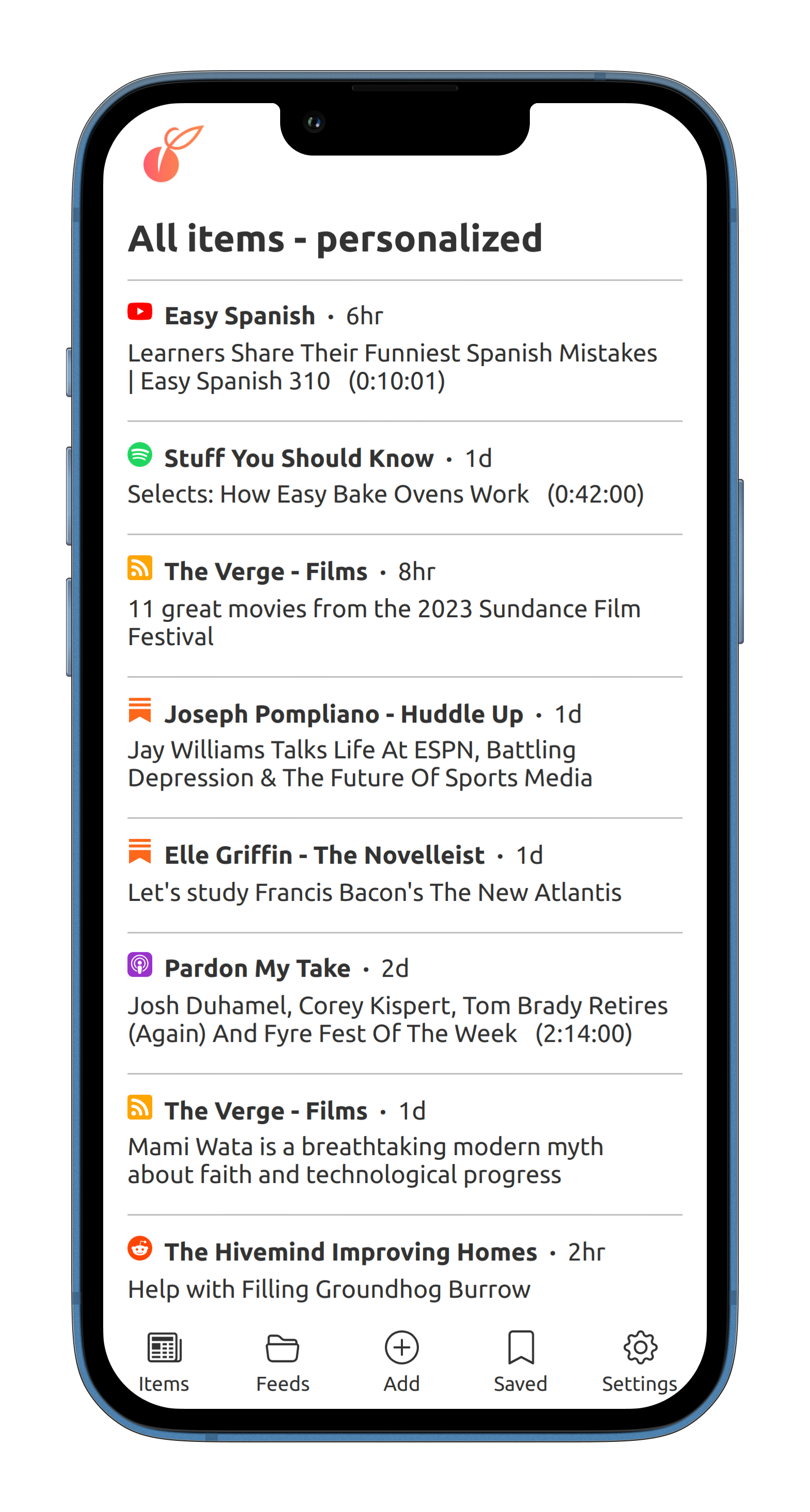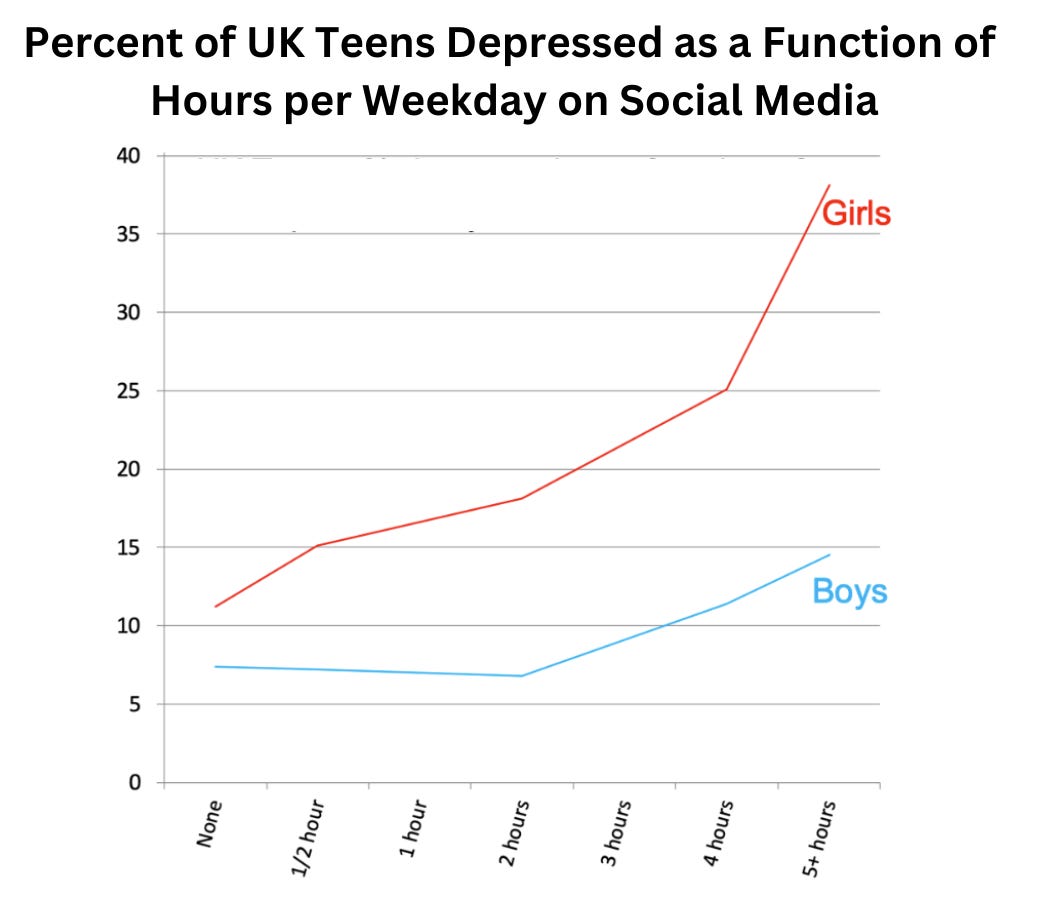Hello world, welcome to the Apricot blog! Allow me to introduce Apricot and share a bit of the back story.
Apricot in a nutshell
Apricot lets you subscribe to content from various platforms on the web: YouTube, Substack, Reddit, Spotify (podcasts), and any RSS feed. Add your favorite sources and Apricot will import all the items from those sources as they’re published, sorting them so the best stuff is at the top. Like social media, you simply scroll to see more items. No enterprise dashboards here, browsing shouldn’t feel like work. Click items to read/list/watch on the original platform. Bookmark items to save for later. That’s it—super simple!

Where we’re heading
Today’s Apricot checks most of the boxes, but there’s a lot of room to grow. More content sources, better discovery of “unknown unknowns”, contextual item ranking, summarization of long-form content with state-of-the-art language models—everything’s on the table, as long as it stays true to our core principle of keeping control in the hands of the user.
Sign up at https://app.theapricot.io and check it out. Please don’t hesitate to send us feature requests and feedback—it’s early days, so your input will make a big difference!

Social media killed the RSS star
For the past 15 years, I have been a data scientist, focused on machine learning and AI. Data science is a field that moves very quickly and it’s important but hard to stay up to date with things like new software, courses, conferences, papers, job postings, etc.
Once upon a time, I used an RSS reader to try to keep tabs on things. When Google Reader died, I—and many other data scientists—came to rely on Twitter to stay in the loop professionally.
For a time, the social media revolution worked well. The mobile-first, scroll-based UI was much simpler than dashboard-style RSS readers. People posted links to content on all sorts of platforms, not just blogs. The platforms’ ranking algorithms introduced us to things we wouldn’t have otherwise seen. Personal commentary added color, trustworthiness, and a sense of connectedness. It was puppies and rainbows, for a time.